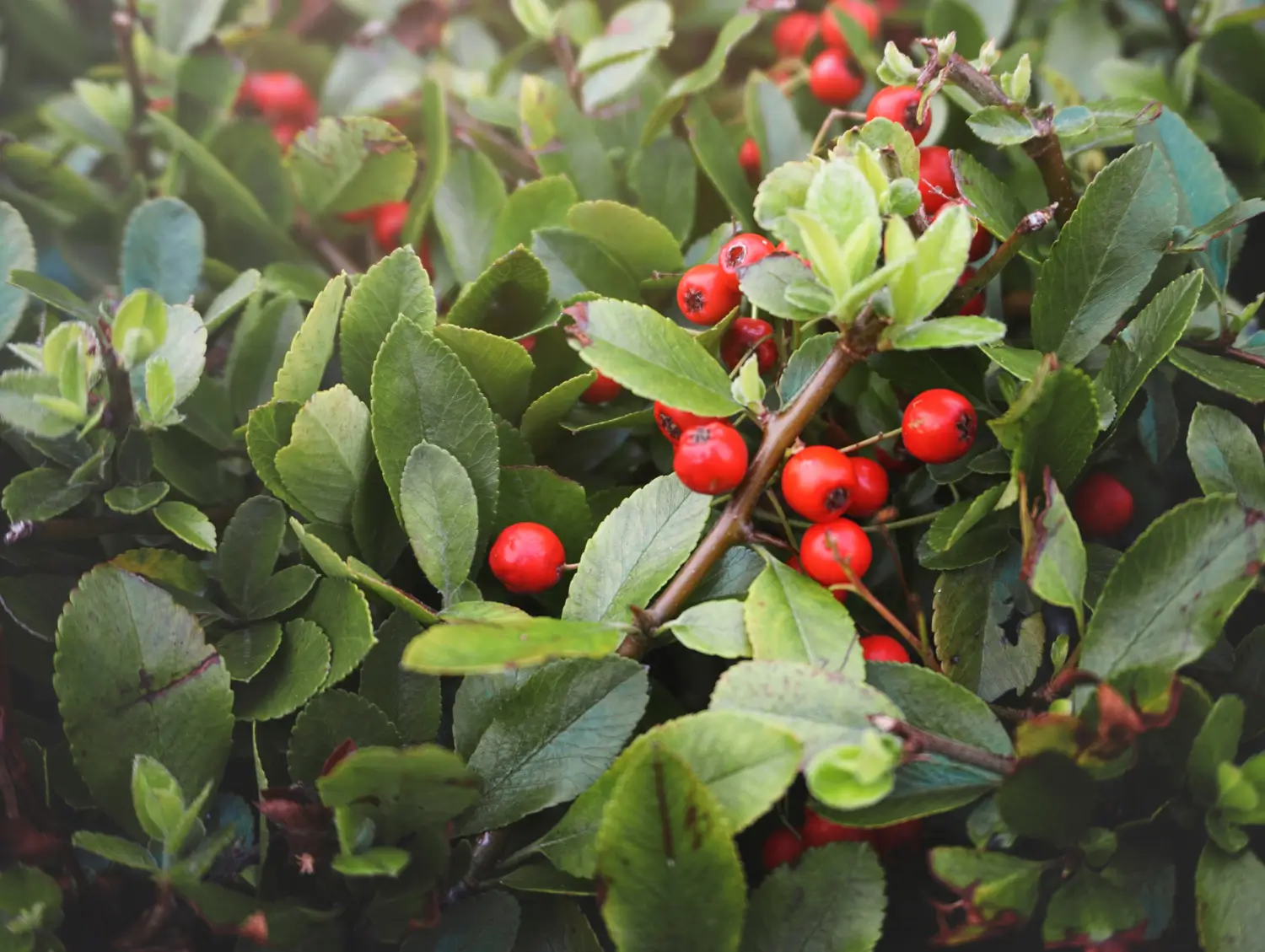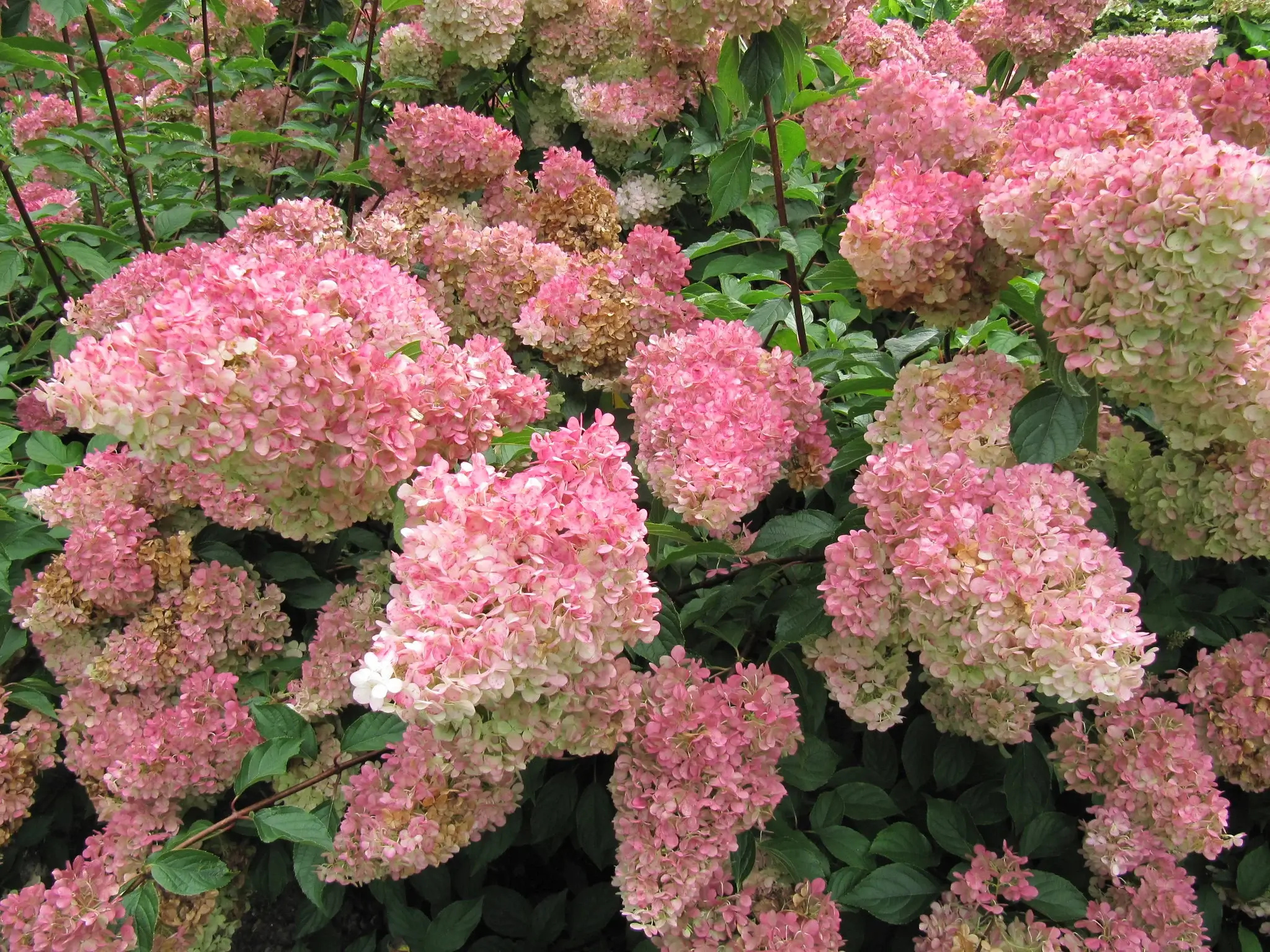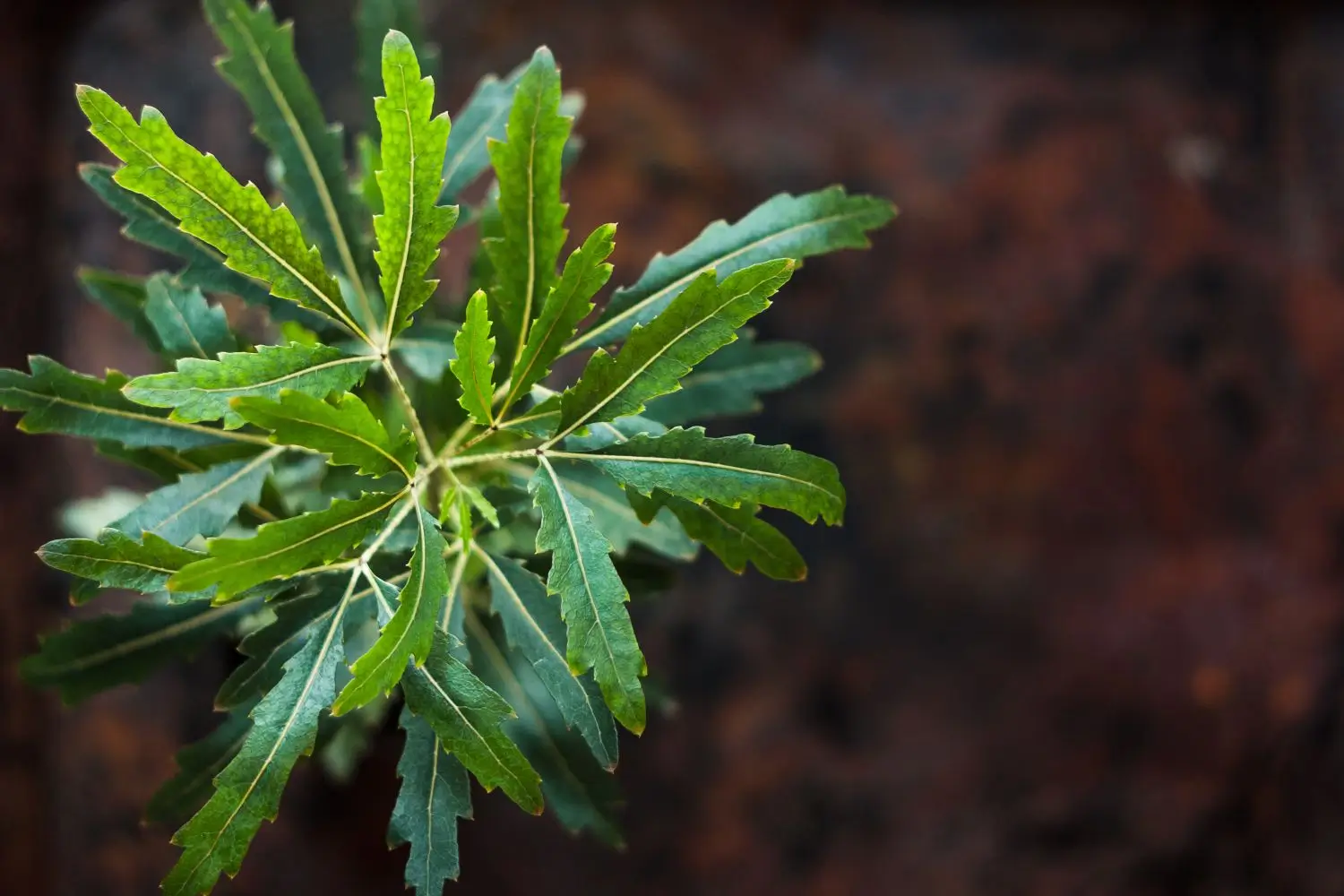
Soil Health & Fertilization
We unite suppliers and green industry professionals worldwide
Meet Ugni (Ugni molinae), often called Chilean Guava or Strawberry Myrtle. This delightful little shrub is native to South America, where it has long been cultivated in the gardens of its people before being discovered by European gardeners
By Victor Miller
|Published on June 18, 2025


"Have you ever wanted a plant that looks beautiful, smells divine, and even gives you edible treats?"
Meet Ugni (Ugni molinae), often called Chilean Guava or Strawberry Myrtle. This delightful little shrub is native to South America, where it has long been cultivated in the gardens of its people before being discovered by European gardeners. Its name, “Ugni,” is borrowed from the language of the indigenous Mapuche, and this little plant offers more than just good looks: it bears tiny pink-and-white flowers that ripen into small berries that have sweet, aromatic flavor — so delicious that as the legend suggests, Queen Victoria enjoyed Ugni berries, adding to their charm in Victorian gardens.
With its glossy leaves, delicate blooms, and harvestable fruits, Ugni brings beauty, fragrance, and flavor all in one hardy package.
| Botanical Name | Ugni molinae |
| Common Name | Chilean Guava, Strawberry Myrtle, Ugni |
| Type | Evergreen shrub |
| Height | 3–6 feet tall |
| Sunlight requirements | Full sun to partial shade |
| Soil | Rich, loamy, well-drained |
| Water Needs | Moderate |
| Hardiness Zones | 8–10 |
| Time to Harvest | 3-4 years after planting |

September 25, 2025
9 minute read
September 24, 2025
9 minute read
September 23, 2025
10 minute read
September 22, 2025
9 minute read


Join as a seller and connect with thousands of B2B buyers nationwide!
Sign Up

Zinfin Doll Hydrangea
The Zinfin Doll Hydrangea (Hydrangea paniculata 'Zinfin Doll') is a panicle-type hydrangea that has large, cone-shaped flowers which emerge pure white, then turn a shade of blush pink by mid-summer, and deepen to rich rose-pink as the season progresses.

Zonal Geranium
The Zonal Geranium (Pelargonium × hortorum) is the type of geranium that most people think of: showy clusters of flowers in red, pink, salmon or white rising above lush, rounded leaves.

Fall Fiesta Sugar Maple
For autumn splendor, few trees can hold a candle to Fall Fiesta Sugar Maple (*Acer saccharum 'Fall Fiesta').

False Aralia
If you are thinking about bringing a bit of the tropical indoors, the False Aralia (Schefflera elegantissima) may be just the plant for you
Ugni is super easy to grow once established. It prefers a mild, sheltered environment with consistent moisture and rich, well-draining soil. Select a sunny or partial shade area, especially if you are in warmer regions. Soil should be kept consistently watered during dry spells to promote a steady harvest of fruit and dense, luxuriant growth.
Ugni is perfect for growing in containers, edible gardens, or as a low, ornamental hedge. Just shelter it from harsh, cold winds and you can enjoy its delightful presence all year.
Ugni grows best in full sun to light shade. A full sun spot is best in cooler climates for flowering and fruiting. In extremely hot areas, providing some afternoon shade prevents scorching and keeps the foliage fresh and glossy. Aim for 5 to 6 hours of good light every day to support a healthy bloom and berry production.
Ugni prefers a rich, loamy soil that drains well. It likes good organic matter, so work in some compost before planting. It grows best at a slightly acidic to neutral pH (about 5.5 to 7.0). Do not use heavy, waterlogged soils where it may experience root problems; if necessary plant on a mound or raised bed for improved drainage.
Ugni is all about moderate to constant moisture. Keep soil moist, but not waterlogged, especially during flowering and fruit growth periods. Water thoroughly when the top inch of soil feels dry. Water a little more when it is very hot or very dry, but always allow the surface of the soil to dry out a bit between waterings to prevent root rot. During cooler months, water less to keep pace with the plant’s slower growth.
Trimming Ugni will keep it more compact, allow better air circulation, and more berries. Here’s how to handle it:
If you want to multiply these charming shrubs, Ugni is easy to propagate:
Ugni’s manageable size makes it a perfect candidate for container gardening:
In zones 8–10, Ugni can usually overwinter outdoors with little trouble. In colder zones, where they are unlikely to survive, it’s best to grow them in pots and bring them indoors or into a sheltered greenhouse in winter.
Give it lots of bright, indirect light and reduce watering slightly while the plant is in the dormant stage. Protect young plants from hard frost with fleece or cloches if necessary.
Ugni produces bell shaped, pink-white flowers which are very attractive during late spring to early summer. Not only beautiful, these flowers smell as lovely as they look and are big bee and pollinator attractors. After flowering, small, sweet berries form—ripening to deep red or purple by late summer to fall.
Ugni is pretty hard but still has its occasional difficulties:
Yellowing leaves → Usually an indication of bad drainage, or lack of nutrients.
With its glossy leaves, fragrant blooms and tasty, edible berries, Ugni is a must-have shrub for any garden – or even a pot on your patio. Easy to grow with little care, it provides beauty, fragrance and flavor year-round.
Pick a sunny, sheltered area, keep it watered, and enjoy watching this charming, historical plant reward you with a cascade of flowers and sweet little fruits. In short: Ugni is a small shrub with a big personality - and it’s ready to shine in your space.
The berries are sweet and aromatic and taste like a blend of strawberry and guava.
Yes, young plants can grow indoors if provided with bright light and a cool environment.
It is frost-tender below about 20°F (-6°C); mulch heavily or move indoors if winters are harsh.
It is a moderate grower. If conditions are favorable, it can reach its mature size in about 5-7 years

Soil Health & Fertilization
Victor Miller

Pest Identification & Prevention
Victor Miller

Lawn Care Tips & Maintenance
Victor Miller

Soil Health & Fertilization
Victor Miller

Smart Irrigation Systems
Victor Miller

Patios, Walkways & Driveways
Victor Miller

Soil Health & Fertilization
Victor Miller

Pest Identification & Prevention
Victor Miller
My Account
Our team is always here to help.
We are open Monday - Friday, 9:00 AM to 4:30 PM PST.